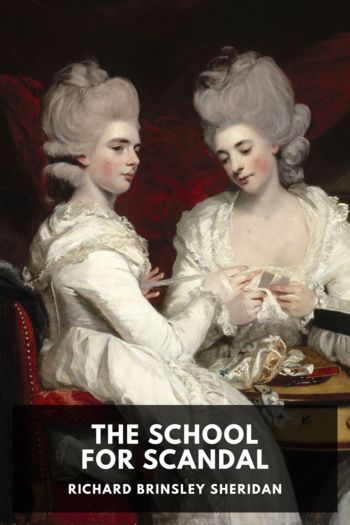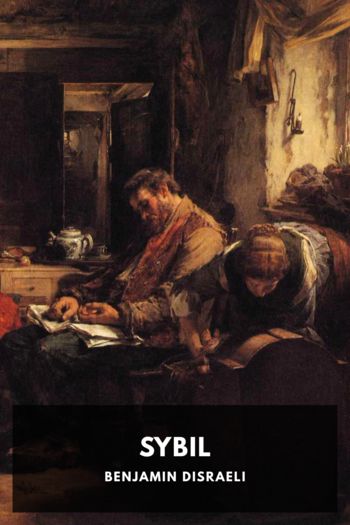Malaysian Maverick: Mahathir Mohamad in Turbulent Times, Barry Wain [best mystery novels of all time .txt] 📗

- Author: Barry Wain
Book online «Malaysian Maverick: Mahathir Mohamad in Turbulent Times, Barry Wain [best mystery novels of all time .txt] 📗». Author Barry Wain
When it came to forming a counterpart economic organization, however, Dr. Mahathir got into a diplomatic dogfight that contributed to his legend. Australia in 1989 proposed the Asia-Pacific Economic Cooperation (APEC) forum, with a core membership of Australia and New Zealand, the United States, Japan, South Korea and the six ASEAN states. The following year Dr. Mahathir launched his rival East Asia Economic Caucus (EAEC), whose proposed membership was limited to ASEAN and the rapidly integrating economies of Northeast Asia: Japan, China and South Korea. Both had their origin in the worrying state of the global economic system, spreading protectionism and a declining U.S. commitment to the values of multilateral, non-discriminatory trade. But they represented vastly different visions: Australia was driven by fear of being shut out if the world fractured into three competing economic blocs, while Malaysia was inspired by a pan-Asian nationalism to create an East Asian identity.
Ironically, Australia outmanoeuvred Malaysia with the sort of culturally sensitive, deft diplomacy that Dr. Mahathir insisted was alien to the Australians and which made them unsuitable participants in Asian affairs. Knowing that ASEAN held the key, the Australians addressed the group's primary concern, that APEC should not undermine ASEAN's strength and cohesion. They agreed that the annual APEC ministerial meeting would be held in an ASEAN country every second year, and that the secretariat would be located in Southeast Asia — Singapore, as it happened. Crucially, Canberra dispatched one of its most seasoned diplomats, Richard Woolcott, as the prime minister's emissary to sell the concept in each ASEAN country. Having served in the key ASEAN capitals, Woolcott headed first for Jakarta, where he respectfully sought "advice and guidance" from President Suharto, acknowledged as ASEAN's unofficial leader. The reward for this "proper show of respect" was an expression of Suharto's willingness to think about the idea, which was enough for Woolcott to parlay into ASEAN endorsement by the end of his shuttle.[115]
By contrast, Dr. Mahathir had not consulted any of his fellow ASEAN members when he floated the idea of an East Asia Economic Group, as it was first called. He also made the mistake of suggesting that it should become "an economic bloc" to "countervail the other economic blocs", which he identified as the North American Free Trade Agreement and the European Economic Community. Later, he backtracked and said that "it should not be a trade bloc". Still, the damage was done. Livid over Dr. Mahathir's rudeness, Suharto vetoed the Malaysian plan, making known his displeasure. Other ASEAN member-states were also concerned about the lack of consultation, and some had misgivings about Dr. Mahathir's anti-Western tone.[116] Australia sided with the United States in opposing an Asians-only grouping, fearing it would draw a line down the Pacific, and Washington pressured Tokyo not to join. The proposal was watered down to the EAEC — a caucus rather than a group, which detractors derided as a "caucus without Caucasians" — and effectively buried within APEC.
Even after the first APEC ministerial meeting had been held in Canberra, the Malaysians made a serious effort to kill the fledgling process. They arrived at an ASEAN gathering in the East Malaysian city of Kuching in early 1990, arguing that ASEAN should withdraw support for APEC. Indonesia decisively blocked the Malaysian challenge.[117] Protesting over what he called broken promises not to institutionalize APEC, Dr. Mahathir boycotted the first meeting of the group's leaders, hosted by President Clinton in Seattle in 1993. While Dr. Mahathir won an apology from Australia's Paul Keating for calling him "recalcitrant" over his no-show, Dr. Mahathir misjudged where APEC was heading. When Suharto, encouraged by Australia, offered to host a second summit the following year, turning it into an annual event, Dr. Mahathir had little choice but to attend. In what amounted to a Javanese command, Suharto said, "I will invite him and I expect that he will come".[118]
Long of memory and reluctant to retreat, Dr. Mahathir found a way over the next decade to both revive his EAEC and take revenge on Australia for his loss of face. He directed Malaysian diplomacy to the goal of excluding Australia as much as possible from regional political life. By denying Canberra a seat at the first biennial Asia-Europe summit in 1996, Dr. Mahathir was also able to restrict the Asian side to the potential members of his EAEC: ASEAN plus China, Japan and South Korea. While hosting the annual ASEAN summit in 1997, Malaysia invited the leaders of China, Japan and South Korea to meet with those of ASEAN together and individually. They continued to meet annually in a forum known as ASEAN + 3, which differs only in name from EAEC. ASEAN + 3 activities proliferated, forming the basis of an East Asian community along the lines Dr. Mahathir envisaged.
So keen was Dr. Mahathir to pursue his vendetta against Australia that he actually harmed ASEAN. In 2000, again using the ASEAN consensus rule that allowed just one country to exercise the right of veto, Malaysia blocked a plan to link Southeast Asia with Australia-New Zealand in a free-trade area. Malaysia did this against the recommendation of an ASEAN task force, which said such a union was "not only feasible but also advisable".[119] As one independent study noted, Australia, in particular, "was made to feel an outsider and a supplicant", despite being a longtime supporter of ASEAN and a contributor of emergency financial assistance to Indonesia and





Comments (0)